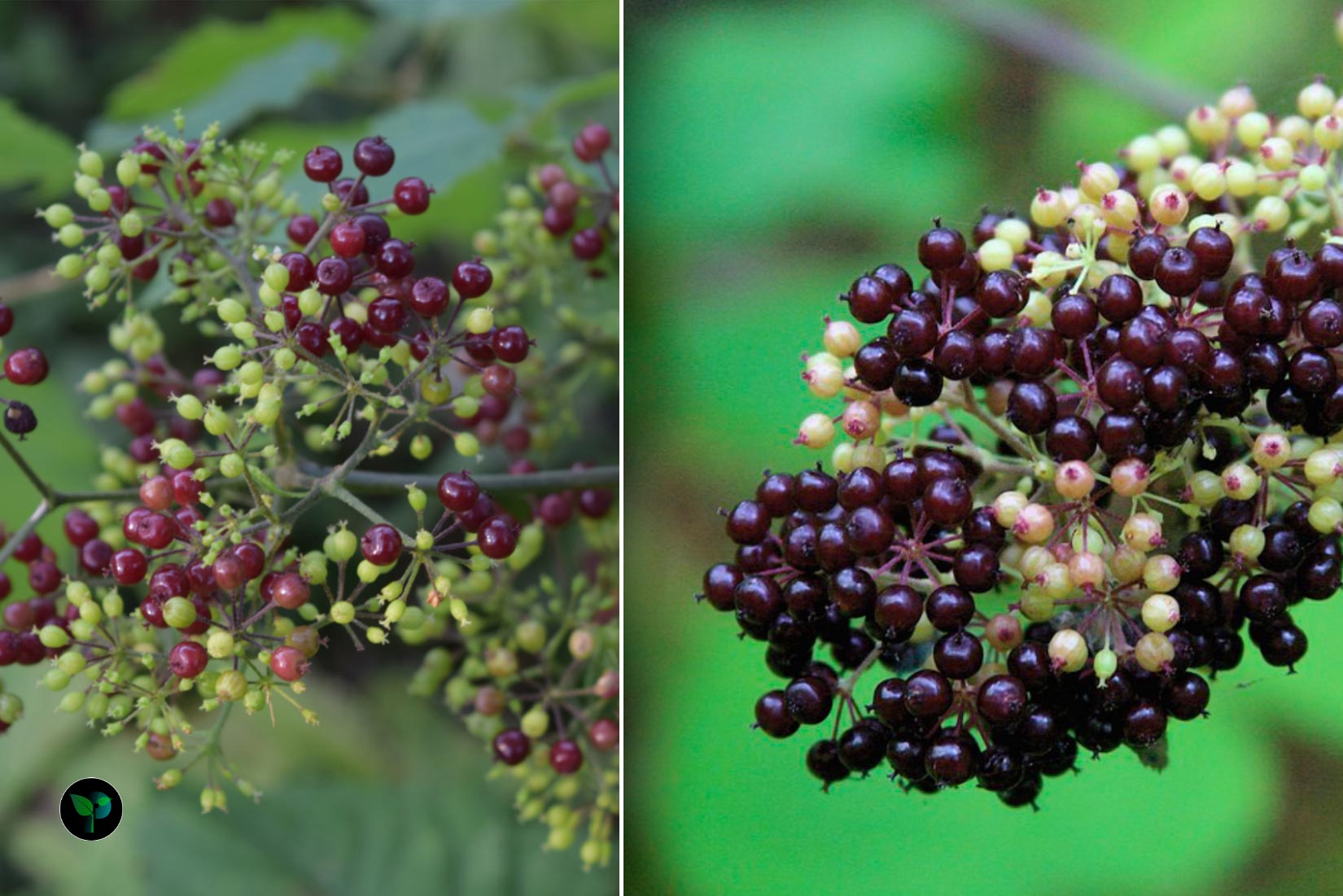Step into the enchanting world of botanical wonders with PlantsFolder as we delve into our latest post dedicated to Spikenard, the mystical herb of ancient lore and modern fascination. In this insightful exploration, we uncover the cultural significance and medicinal marvels associated with the revered Spikenard plant. Join us on a journey through history, tradition, and healing as we unveil the secrets and symbolism hidden within the fragrant embrace of Spikenard. Embrace the magic of nature’s bounty with us as we unravel the mystique of Spikenard in all its cultural and medicinal splendor.
Spikenard, also known as Nardostachys jatamansi, is a flowering plant native to the Himalayas and commonly found in Nepal, China, and India. It is renowned for its aromatic rhizomes and roots, which have been used for centuries in traditional medicine and perfumery.

Appearance
Height
Spikenard is a herbaceous perennial plant that can grow up to 1 meter (around 3 feet) in height, though it may vary depending on environmental conditions.
Leaves
The plant features long, lance-shaped leaves that are green and lush, providing an attractive backdrop to its floral clusters.
Flowers
This plant produces small, bell-shaped pink flowers that are clustered together in dense spikes or clusters. These delicate blooms add a touch of color to the plant.
Roots and Rhizomes
The most prized parts of them are its aromatic roots and rhizomes. These underground parts are dark and woody, exuding a strong, earthy fragrance.
Overall Appearance
With its tall stance, vibrant green leaves, and clusters of pink flowers, the Spikenard plant presents a visually appealing sight. Its aromatic roots and rhizomes add to its allure, making it a valuable plant both aesthetically and medicinally.
Medicinal Uses
Stress Relief
It is known for its calming and grounding properties, making it a popular choice in aromatherapy for promoting relaxation and reducing stress and anxiety.
Sleep Aid
The sedative effects of Spikenard make it beneficial for improving sleep quality. It can help calm the mind and body, aiding in restful sleep.
Digestive Health
Spikenard has been used traditionally to support digestive health. It may help alleviate indigestion, bloating, and other gastrointestinal issues.
Anti-inflammatory
The plant is believed to possess anti-inflammatory properties, which can be useful in managing conditions associated with inflammation, such as arthritis.
Skin Care
Spikenard is used in skincare products for its antibacterial and anti-inflammatory properties. It can help soothe skin irritations, reduce redness, and promote overall skin health.
Respiratory Support
In traditional medicine practices, Spikenard has been used to support respiratory health. It may help alleviate coughs, congestion, and respiratory discomfort.
Mental Well-being with Spikenard
It is valued for its impact on mental well-being. It is believed to boost mood, ease nervous tension, and promote emotional balance.
Antioxidant Properties
The plant contains antioxidants that help combat oxidative stress and may contribute to overall health and longevity. When used appropriately and under guidance, Spikenard can offer a range of medicinal benefits targeting various aspects of health and well-being.
Individuals who should avoid using Spikenard
Allergies
Individuals who are allergic to Spikenard or related plants in the same botanical family should avoid using it to prevent allergic reactions.
Pregnant and Nursing Women
Pregnant and nursing women should exercise caution when using this plant, as its effects during pregnancy and breastfeeding are not well-studied. It is advisable to consult a healthcare provider before use.
Children
It may not be suitable for young children, as their bodies may react differently to herbal remedies. It is advisable to consult a healthcare provider before administering Spikenard to children.
Underlying Health Conditions
Individuals with certain medical conditions, such as hormonal disorders, epilepsy, or liver problems, should avoid using this plant unless otherwise directed by a healthcare provider. It may interact with medications or exacerbate existing health issues.
Sensitivity
Those with sensitive skin or respiratory issues may experience adverse reactions when using Spikenard. It is recommended to perform a patch test before applying it topically and to start with small amounts to gauge tolerance.
Medication Interactions
Individuals taking medications for specific health conditions should consult a healthcare provider before using this plant, as it may interact with certain medications and affect their efficacy.
As with any herbal remedy, it is essential to use Spikenard cautiously and seek guidance from a healthcare provider, especially if you fall into any of the aforementioned categories or have concerns about its suitability for your circumstances.
Cultural Significance
Ancient Roots
It has a long history of cultural significance, dating back to ancient times. It is mentioned in various texts and scriptures, including the Bible, where it is referred to as “nard” and was used in religious rituals.
Spiritual Practices
In certain spiritual and religious traditions, it is considered a sacred plant with symbolic significance. It is often used in ceremonies, anointing rituals, and as offerings to deities.
Medicinal Heritage
Throughout history, it has been revered for its therapeutic properties and was a prized ingredient in traditional medicine systems such as Ayurveda and Tibetan medicine. It was believed to have healing and purifying qualities.
Perfumery
It has been used in perfumery for its unique and aromatic qualities. The plant’s roots and rhizomes yield a distinctive fragrance that has been valued in the creation of perfumes, incense, and aromatic blends.
Symbolism
Spikenard is often associated with concepts of purity, healing, and spiritual growth. Its presence in cultural practices and rituals symbolizes reverence, transformation, and connection to the divine.
Herbal Remedies
In many cultures, Spikenard was considered a versatile herb with a wide range of medicinal uses. It was used to address various ailments and promote overall well-being, reflecting its cultural importance in traditional healing practices.
Art and Literature
Spikenard’s cultural significance is also evident in art, literature, and folklore, where it is depicted symbolically or celebrated for its aromatic and therapeutic properties.



Leave a Reply